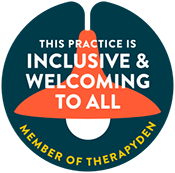For many survivors of trauma, the world does not just simply feel different, it actually feels muted. Emotions that once came easily may now seem distant or entirely absent, leaving a sense of disconnection from oneself and others. This emotional numbness is a common but often misunderstood symptom of Post-Traumatic Stress Disorder (PTSD), a protective response of the brain designed to shield us from overwhelming pain. While it may feel like a relief in the short term, over time, the inability to feel joy, sadness, or even anger can create its own form of suffering, affecting relationships, daily life, and self-perception.
Living with emotional numbness can be confusing and isolating. You might find yourself watching life pass by from behind a fog, unsure if what you are experiencing is “normal” or permanent. Yet, it is important to know that emotional numbness is not a personal failing. Instead, it is a signal from your nervous system that it needs safety, time, and gentle care. Understanding why this numbness occurs and learning strategies to reconnect with your emotions are critical steps toward reclaiming a sense of vitality and engagement in your life.













